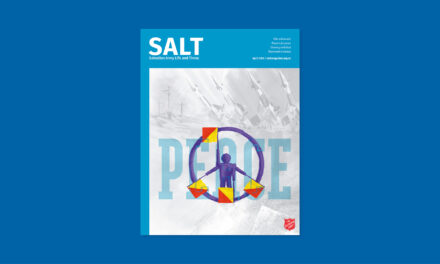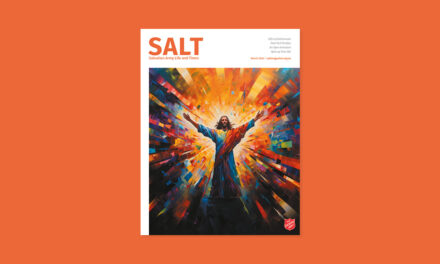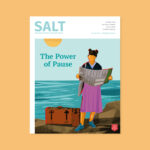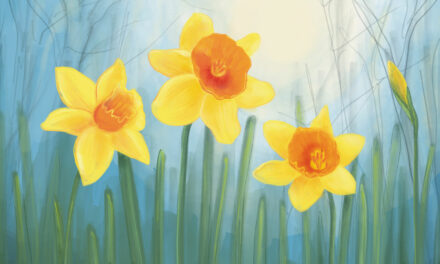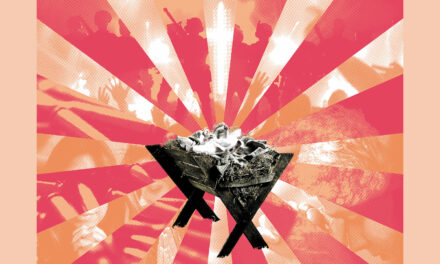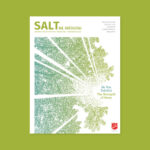
Lost, Found and the Spaces Between

We often use metaphors from Scripture to help describe our journeys of faith, such as the straight road, narrow path, mountain height, deep valley, harsh wilderness and barren desert. There is a sense of significance within each of these, giving shape to the ever-changing path that we are on. Captain Rachel Montgomery considers this experience of being lost (lostness) and being found (foundness) as part of our spiritual formation.
I’ve been on many bush walks through New Zealand forests, but one in particular that I did with my family on Mount Taranaki left a lasting impression.
It was a beautiful day, crisp and clear, perfect for outdoor adventure. Like many mountainous walking tracks, the pathway commenced open and inviting. The path was clearly marked and there was a sense of confidence as we began our journey.
It was not too long before the track became more narrow and harder to distinguish. The canopy began to cover in and the air became moist. Difficulties arose as obstacles covered the track and we began to negotiate our way around the path in order to press on. I helped lift my children over logs, across streams, to alternate ways to finish the walk. It became disorienting. Were we even any longer on the track?
Lost and disoriented
In the Old Testament disorientation is a familiar part of the story of God’s people: from the wilderness of Canaan and Abraham wandering with his family living in tents, to slaves in a foreign country, then liberated and then captured and exiled to Babylon. Eventually, they are partially restored, although they are still under oppression. The people of God knew this feeling of disorientation and they longed for a place to call home.
The New Testament disciples also knew this state of disorientation. They had an expectation that Christ would overthrow the Roman Empire and then all their hopes and dreams would be realised, only to have Christ crucified.
We too live in times when disorientation can become our constant companion, and we often struggle to articulate this feeling. Jesus chose to describe those who don’t yet know him as ‘lost’. He doesn’t use this word as something that is unrecoverable, but rather as someone who can be sought out and found.
There is constant noise around us, which can be deafening and we can easily fail to hear Jesus’ voice calling us, leading us out of our lostness. Sometimes we are distracted and bombarded with information, opinion and busyness. We can miss a crucial turn in the track before us. At times with all the trauma around us—the worry, uncertainty, anxiety—we become overwhelmed and look to the wrong things for peace and comfort. We are presented with many options, and we fail to discern the right path correctly.
Found and reoriented
We can find illustrations in Scripture of lostness, such as when Jesus spoke of the lost sheep, lost coin or lost son (Luke 15:1–32). These all point to something or someone who was recoverable. What joy there is when people who are lost are then found! Jesus is seeking all of us, all of the time.
To be people who are found in God is to be lifted out of disorientation. Jesus invites us into the family to share in the inheritance and to become part of his incredible story. A story of pain, suffering and lostness; but also of acceptance, redemption, joy, grace and love.
Jesus helps us to make sense of the landscape on the path journeyed with him. It can be deeply encouraging to know that other disciples of Jesus have been where we stand, and others will come after us.
The spaces between
Our hope is anchored in the future promises of God (Hebrews 6:13–20), but we still have to acknowledge that we live in a world of disorientation. We move repeatedly from being lost to found throughout our lives. Few people are brave enough to show others how incomplete and in-progress their journey is. We all face hard times of pain, darkness, suffering, regret, shame and fear (to name a few), which is the reality of the world we live in. It’s unhelpful to pretend that these things don’t exist. They are the scriptural metaphors of the landscape we walk.
We need to move toward a shared language of being lost and found. A language where Jesus helps us through, rather than around our disorientation, as the one who empathises with our weakness. ‘For we do not have a high priest who is unable to empathise with our weaknesses, but we have one who has been tempted in every way, just as we are—yet he did not sin. Let us then approach God’s throne of grace with confidence, so that we may receive mercy and find grace to help us in our time of need,’ (Hebrews 4:15–16). We will have far more grace for the unfinished and unredeemed parts of our lives and others’ lives if we understand the continual work of God moving us from disorientation towards reorientation. Experiencing both the mountain heights and the deep valleys help us to discover who we are as people of God.
Allowing people to see us as we truly are is possibly one of the hardest things to do. Taking down the façade, the walls that we built around us, and sharing vulnerably and honestly will move us towards more of a true mirror of Christ in our world. ‘For now we see only a reflection as in a mirror; then we shall see face to face. Now I know in part; then I shall know fully, even as I am fully known’ (1 Corinthians 13:12).
Jesus continues to seek all of us, all of the time. As the people of God, we seek to find our place in the continuing work of redeeming and restoring the world, as we show the way to Jesus.
To explore this idea of disorientation to reorientation in more depth, read Twenty-One Elephants: Leaving Religion for the Reckless Way of Jesus, by Scottie Reeve.

